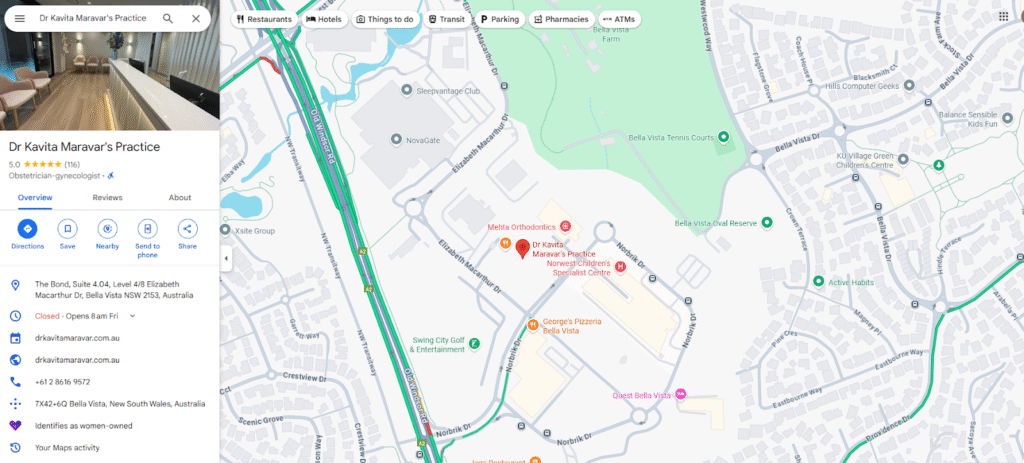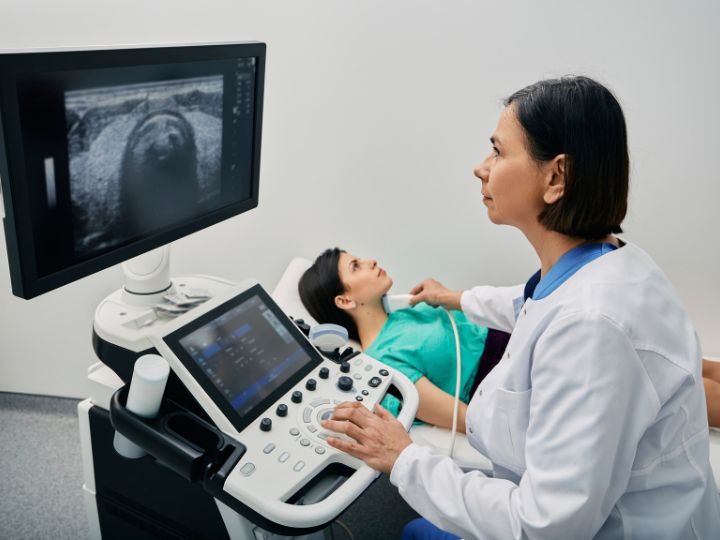Pregnancy is a remarkable journey, and one of the most exciting parts for many expectant parents is seeing their baby for the first time. An obstetric ultrasound plays a vital role in monitoring your baby’s growth and well-being throughout the pregnancy. If you’ve been searching for “obstetric ultrasound near me”, this guide will walk you through exactly what to expect during each stage of your imaging journey.
Understanding Obstetric Ultrasound
Obstetric ultrasound is a safe, non-invasive imaging procedure that uses sound waves to create detailed pictures of your growing baby. It helps your gynaecologist or obstetrician assess your baby’s development, detect potential concerns early, and ensure your pregnancy is progressing smoothly. Ultrasounds also provide an excellent opportunity to connect emotionally with your baby long before birth.
Why Obstetric Ultrasounds Are Important
Regular ultrasounds are essential for several reasons. They help:
- Confirm your pregnancy and estimate your due date
- Monitor the baby’s heartbeat
- Check the placenta and amniotic fluid
- Assess the baby’s size, anatomy, and position
- Identify multiple pregnancies
- Detect abnormalities early
These scans help your healthcare provider personalise your care and keep track of any changes throughout your pregnancy.
Step-by-Step Pregnancy Imaging Guide
1. Early Pregnancy Ultrasound (6–8 Weeks)
In the early weeks, your gynaecologist or obstetrician may recommend a dating scan. This ultrasound confirms the pregnancy, checks the baby’s heartbeat, and provides a more accurate estimate of gestational age. It also identifies whether you are carrying twins or multiples.
2. First Trimester NT Scan (11–14 Weeks)
This nuchal translucency scan assesses the risk of chromosomal conditions and gives another look at your baby’s early development. It’s typically performed with a blood test to offer a clearer clinical picture.
3. Morphology Scan (18–22 Weeks)
The mid-pregnancy morphology scan is one of the most detailed ultrasounds. During this appointment, the sonographer checks your baby’s major organs, limbs, facial features, and overall anatomy. This scan can usually reveal the baby’s gender, if you choose to know.
4. Growth and Wellbeing Scans (Third Trimester)
As you move towards the final trimester, additional ultrasounds may be recommended to monitor your baby’s growth, position, and overall well-being. These scans can help guide decisions around delivery, especially in cases of gestational diabetes, high blood pressure, or reduced fetal movements.
Preparing for Your Ultrasound
Most early ultrasounds require a moderately full bladder, as this helps improve image clarity. Later scans generally do not require special preparation. Wear comfortable clothing and allow enough time for the appointment, as detailed scans may take longer.
Final Thoughts
Obstetric ultrasounds are an essential part of pregnancy care, offering reassurance, vital medical insights, and unforgettable moments. By working closely with a qualified gynaecologist or obstetrician, you ensure that every stage of your pregnancy is supported with expert care. Whether you’re preparing for your first scan or your final check, each ultrasound marks a meaningful milestone in your journey to parenthood.
Dr Kavita Maravar’s Practice
The Bond, Suite 4.04,
Level 4/8 Elizabeth Macarthur Dr,
Bella Vista NSW 2153,
Australia



